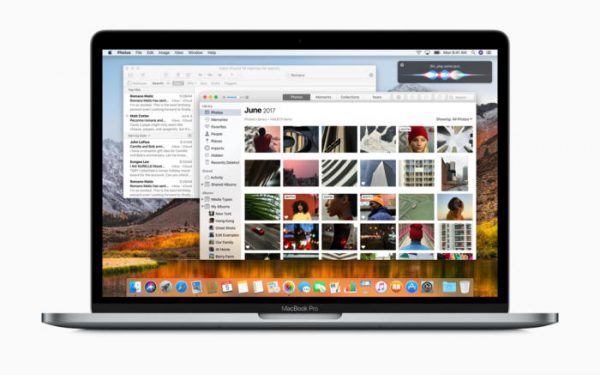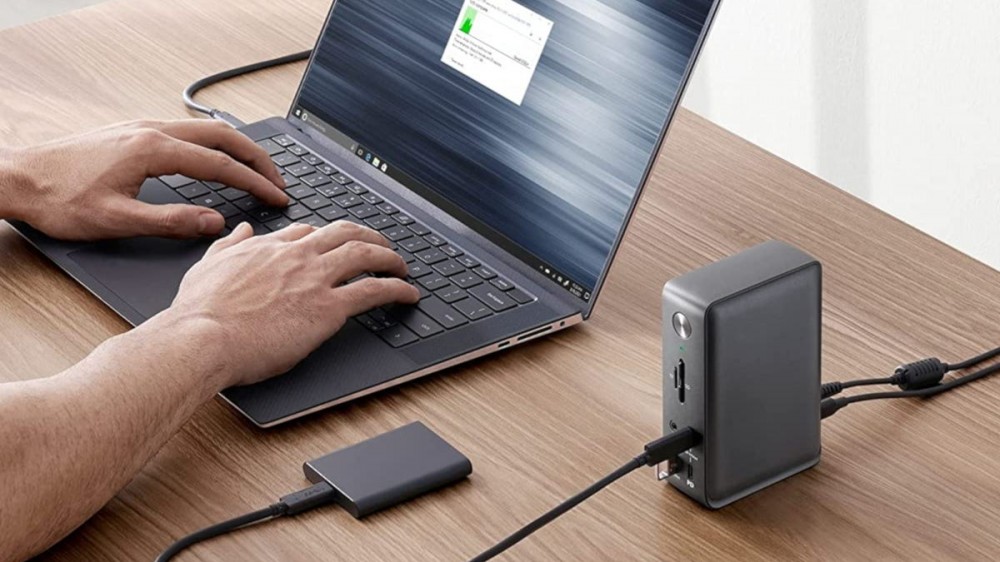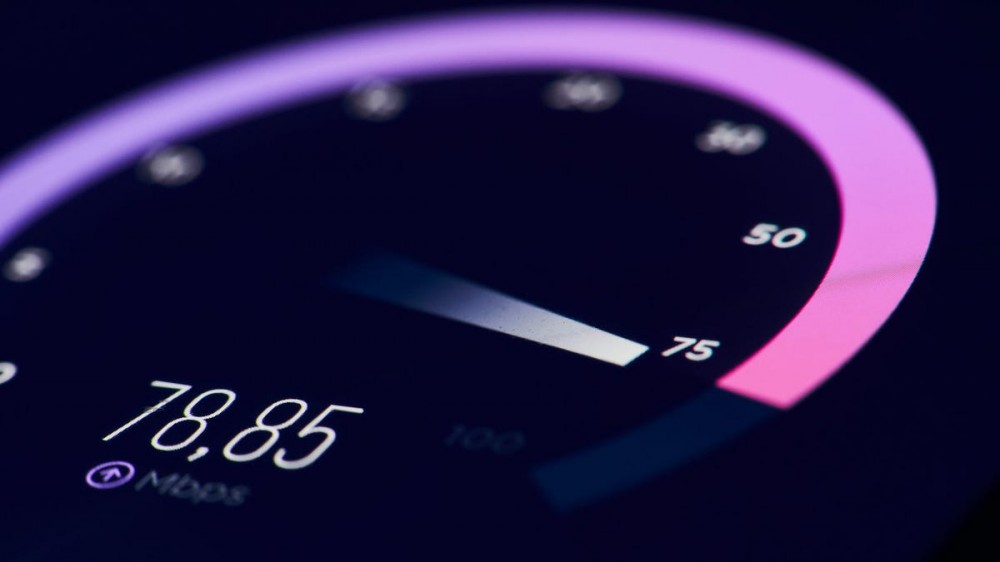Nvidia finally pulled back its semi-translucent curtain on the mobile versions of its GTX 1050 Ti and 1050 graphics cards. The company revealed that the new desktop-class GPUs will appear in mainstream laptops with immediate availability. Similar to the desktop-class GTX 1060 and 1080 laptop graphics, the mobile GTX 1050 and 1050 Ti feature the same core count as their desktop counterparts, but their clock rates saw moderate to drastic increases.
The mobile GTX 1050 sports 640 CUDA cores with base and boost clock frequencies of 1,354 MHz and 1,493 MHz, respectively. Although it matches the desktop GPU’s base clock, the mobile version boasts a modest 38MHz increase over the original graphics card’s 1,455MHz boost rating. Vendors will offer 2GB and 4GB versions of the GPU–unlike the desktop card, which comes in 2GB models only–but otherwise the 128-bit 7 Gbps memory goes unaltered from the original graphics card. However, the mobile GTX 1050 cuts out half of the ROPs compared to the desktop version, for a total of 16. This doesn’t affect total memory bandwidth, which still remains at 112 Gbps.
The GTX 1050 Ti features 768 CUDA cores, but the base and boost clock frequencies are considerably higher than its reference desktop kin. The mobile version of the 1050Ti features a base clock of 1,493MHz (the mobile 1050’s boost frequency) and a boost rating of 1,620MHz. Furthermore, this increases texture fill rate to 71.7 GTps, up from 61.9 GTps compared to the desktop version.
This is an astounding increase in clock frequency compared to the original GPU–203MHz and 228MHz higher than the base and boost clock, respectively–and, on paper, the higher-clocked mobile GPU has the potential to upend desktop models with lower clock rates. The memory backend remains unchanged from the desktop version, but the GTX 1050 Ti laptop GPUs will also appear in 2GB GDDR5 variants, which the desktop version of the graphics card doesn’t offer.
The announcement of the new GTX 1050 Ti and 1050 laptop GPUs brings Nvidia’s desktop-class mobile graphics count to an unprecedented six graphics cards. When it all started with the mobile GTX 980, we were cool with Nvidia calling these GPUs by their desktop connotations and dropping the “M” from the name scheme because it offered similar specs and performance. We were surprised by the Pascal-based GTX 1070 laptop GPU, which added an SM unit (and 128 CUDA cores) over its desktop version, but it still offered similar performance as its larger iteration due to lower base and boost clock frequencies.
This new batch of desktop-class GPUs go by their CUDA core-matching desktop names, but the significantly increased clock rates of the GTX 1050 Ti and the reduced ROP count of the 1050 almost make these completely different GPUs (in terms of potential performance) compared to their desktop predecessors. However, until we review a laptop with these new graphics and pit it against a desktop with a similar configuration, we’ll have to reserve judgment.
Now that it’s official, we can expect a horde of vendors to bombard us with announcements for their updated and newly-designed mainstream laptop offerings sporting minty-fresh GTX 1050 and 1050 Ti GPUs. The floodgates have opened, and GTX 1050 and 1050 Ti mobile graphics are here.
| Nvidia GeForce GPU | Laptop GTX 1050 | Laptop GTX 1050 Ti | Desktop GTX 1050 | Desktop GTX 1050 Ti |
|---|---|---|---|---|
| GPU | GP 107 | GP 107 | GP 107 | GP 107 |
| CUDA Cores | 640 | 768 | 640 | 768 |
| Streaming Multiprocessors | 5 | 6 | 5 | 6 |
| Texture Units | 40 | 48 | 40 | 48 |
| ROPs | 16 | 32 | 32 | 32 |
| Base Clock | 1,354 MHz | 1,493 MHz | 1,354 MHz | 1,290 MHz |
| Boost Rating | 1,493 MHz | 1,620 MHz | 1,455 MHz | 1,392 MHz |
| Memory Type | – 2GB GDDR5 7Gbps – 4GB GDDR5 7Gbps |
– 2GB GDDR5 7Gbps – 4GB GDDR5 7Gbps |
2GB GDDR5 7Gbps | 4GB GDDR5 7 Gbps |
| Memory Bus | 128-Bit | 128-Bit | 128-Bit | 128-Bit |
| Total Memory Bandwidth | 112 GB/s | 112 GB/s | 112 GB/s | 112 GB/s |
| Texture Fill Rate | 54.2 GT/s | 71.7 GT/S | 54.2 GT/s | 61.9 GT/s |







